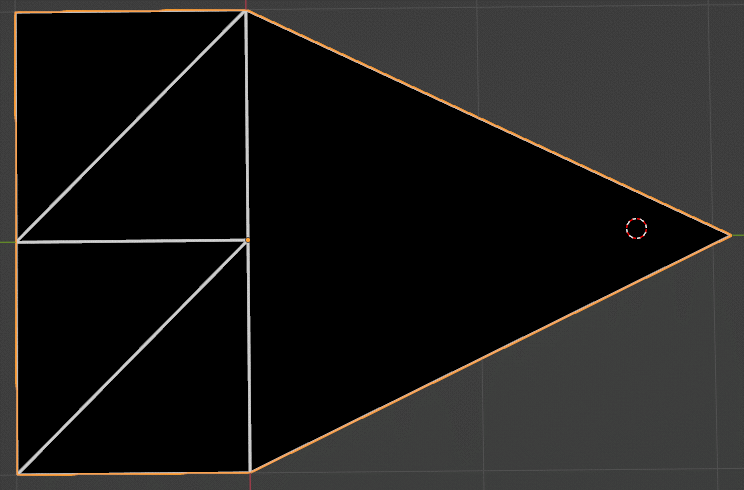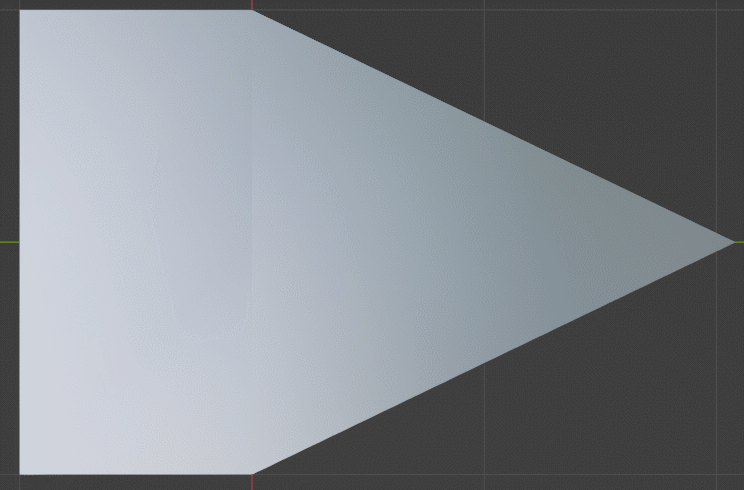This isn't a dumb question. This is a much more important question than most people realize.
Here's the worst case scenario for triangulating a quad:

No sane artist will ever make this for static geometry, but no sane animator will check every frame of every animation to make sure that we never get this. We have a degenerate quad, with three collinear vertices, and it's being triangulated such that we have a zero area face. Note that this is shortest diagonal triangulation; shortest diagonal is no proof against this, and neither is longest diagonal.
If we put some normals on there, and treat this as smooth shaded, we'll see that the central vert's normal contributes reasonably to the quads on the left, but not at all to the quad on the right. This will cause a discontinuity in normals:

This is not some magical thing that only happens at perfect degeneracy. As our quad is divided into triangles of increasingly different areas, our vertex data will be divided increasingly unevenly across the quad. That may mean pinched normals, it may mean unsmooth vertex color-- in either case, the triangulation will be increasingly apparent visually.
The best way to prevent this bad situation is to triangulate to minimize the difference in area between triangles. Triangulation in this way will also give us symmetrical triangulation on symmetrical portions of our mesh, which is also a desirable trait.
For animated meshes, one might be tempted to do this dynamically, but that would be a mistake. Flipping triangulation will change the interpolation of vertex data across the quad:

All I'm doing here is flipping triangulation. This is shown with mildly distorted UV, which is an optimistic expectation, but we'll see the same swimming with normals and vertex color, and with data derived from interpolated vertex data, like UV tangents. Instantaneous change like this-- pop-- is one of the most noticeable kinds of artifacts in animation.
So we don't want to determine triangulation from a deformed state. To have stably interpolated vertex data, we need to have a consistent triangulation of the mesh. If our framework allows, we can mark vertices appropriate for triangulation in the pre-deformed state. If it doesn't, it's better to use something like vertex order, which is stable through deformations, than it is to risk swimming from dynamic triangulation.



